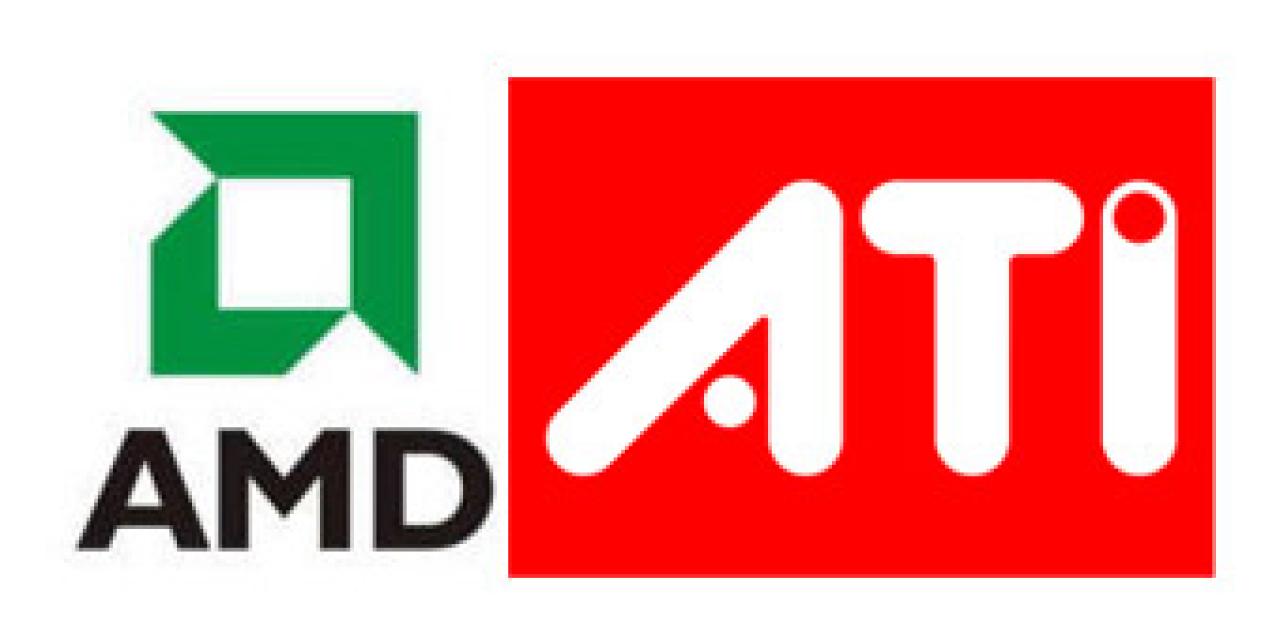

AMD and Havok today announced plans to jointly investigate the optimization of physics effects utilizing AMD's full line of products.
Interestingly enough, Havok is a subsidiary of AMD's chief rival in the CPU market, Intel.
"As the complexity and visual fidelity of video games increases, AMD wants to take advantage of opportunities to improve the game experience," said Rick Bergman, senior vice president and general manager, Graphics Products Group, AMD. "By working with the clear market leader in physics software, AMD can optimize our platforms to consistently deliver the best possible visual experience to the gamer."
This collaboration looks like AMD's and Havok's response to Nvidia's recent acquisition of Havok's main competitor, Ageia. By way of this collaboration, AMD gets competing physics optimization for its GPUs and CPUs. Havok also benefits from increasing its hardware platforms base.
Havok Physics scales extremely well across the entire family of AMD processors, including quad-core products such as the AMD Phenom X4. As part of the collaboration, Havok and AMD plan to further optimize the full range of Havok technologies on AMD x86 superscalar processors. The two companies will also investigate the use of AMD's massively parallel ATI Radeon GPUs to manage appropriate aspects of physical world simulation in the future.
"The success of Havok as a cross platform software company is predicated on our willingness to listen to the needs of our customers," said David O'Meara, managing director of Havok. "The feedback that we consistently receive from leading game developers is that core game play simulation should be performed on CPU cores. The clear priority of game developers is performance and scalability on the CPU. Beyond core simulation, however, the capabilities of massively parallel products offer technical possibilities for computing certain types of simulation. We look forward to working with AMD to explore these possibilities."



